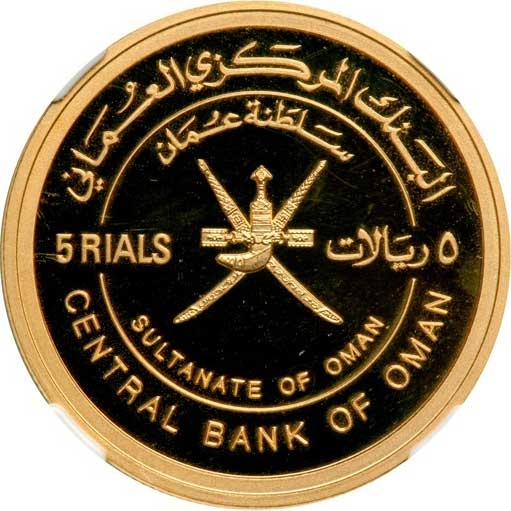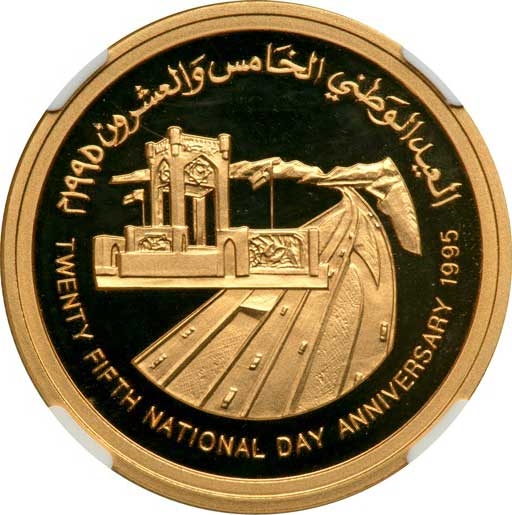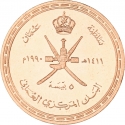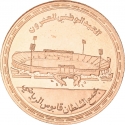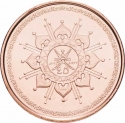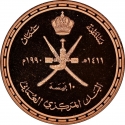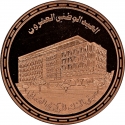You are about to finish your registration. Please check your mailbox (including spam folder). There should be a letter with a confirmation link. Check setting to make sure that your e-mail address is correct.
Send letter againDescription
Qaboos bin Said Al Said (1940–2020) was the Sultan of Oman from 23 July 1970 until his death. A fifteenth-generation descendant of the founder of the House of Al Said, he was the longest-serving leader in the Middle East and Arab world at the time of his death.
National Day is an official holiday in the Sultanate of Oman and the main one in the country. The holiday currently celebrates the birthday of Sultan Qaboos bin Said al Said.
Obverse

|
National Emblem of Oman, surrounded by the inscription "Qaboos bin Said Sultan of Oman", dividing denominations in Arabic and English. البنك المركزي العماني |
|---|---|
Reverse

|
Depicts the Al-Sahwa Tower roundabout right left and Burj Al Sahwa above left surrounded by inscription in Arabic above and English below. العيد الوطني الخامس والعشرون ١٩٩٥م |
| Edge |
5 Rials
National Day of Oman
25th Anniversary
Subscribe series
KM# 141a
National Day of Oman
25th Anniversary
